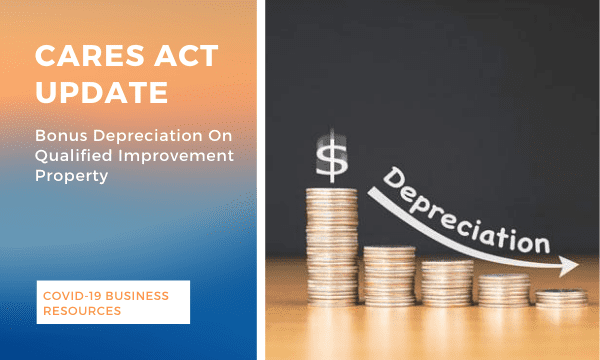
New Law – Bonus Depreciation On Qualified Improvement Property
By Doug Wilkins, Dougw@squire.com
Businesses seeking additional tax deductions may be able to take advantage of a recent technical correction made by the IRS under the CARES Act. The technical correction now allows taxpayers to apply bonus depreciation to all qualified improvement property placed in service after December 31, 2017.
Bonus Depreciation
Since 2018, bonus depreciation has allowed taxpayers to write-off the entire cost of capital assets in the year of purchase, as opposed to capitalizing the asset and depreciating it over a specified number of years. Unfortunately, under the Tax Cuts and Jobs Act, qualified improvement property was unintentionally classified as nonresidential real property, which does not qualify for bonus depreciation. The recent technical correction retroactively resolves this issue and allows taxpayers to apply bonus depreciation retroactively to any qualified improvement property placed in service since 2018.
Qualifying Property
Qualified improvement property is any improvement made to the interior portion of commercial buildings. To qualify, the improvements must be made after the building was originally placed in service. Qualifying improvements do not include improvements that enlarge the building or change the structural framework of the building, including the addition of an elevator or escalator. Any improvements made to residential properties do not qualify.
Please reach out to a tax expert at Squire to see if you can benefit from this change. Not only can we assist you in determining which property qualifies for this preferential treatment, but can also provide you with guidance as to how to best capture the benefit associated with prior years.